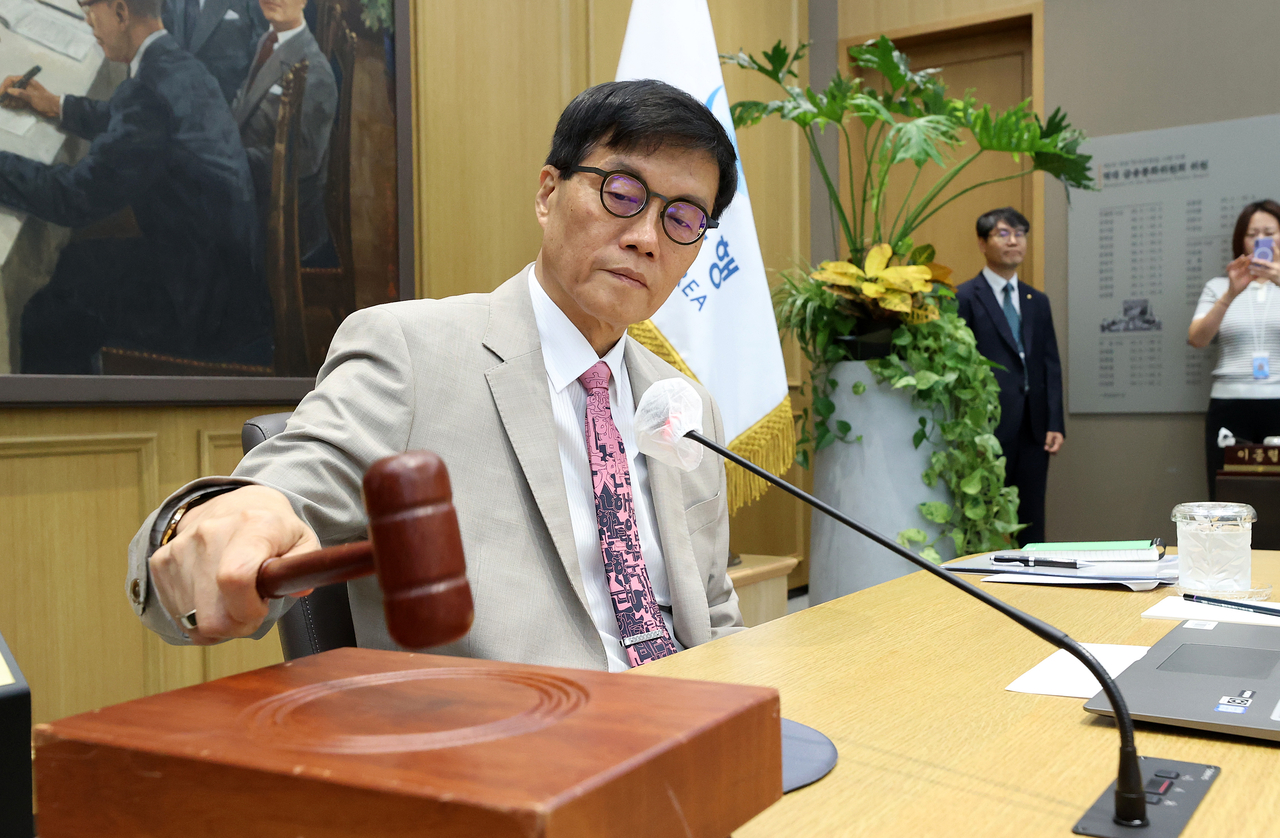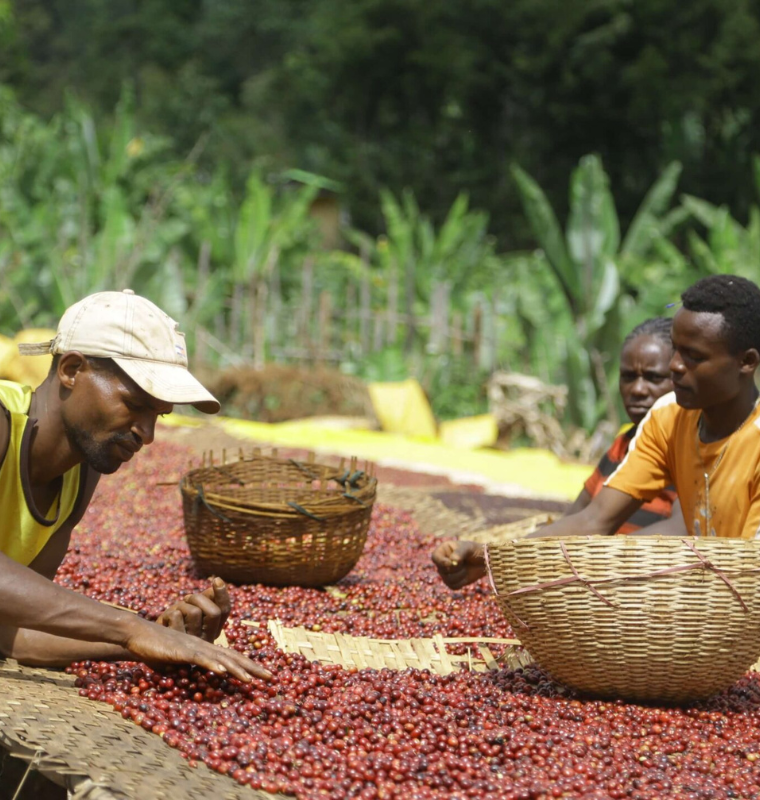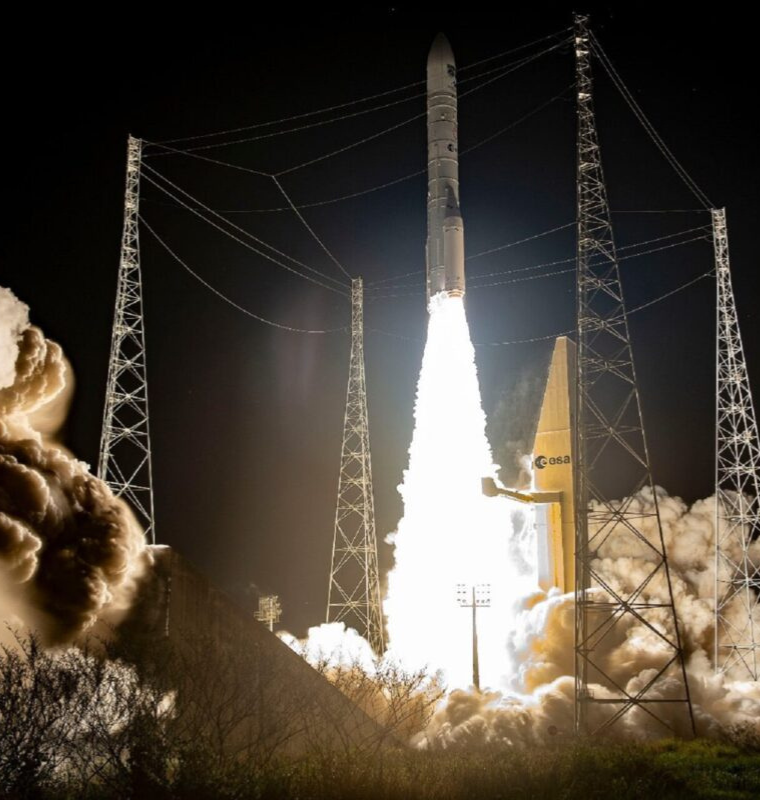Bank of Korea Holds Rates Steady at 2.5% Amid Rising Property and Trade Pressures
Bank of Korea Holds Rates Steady at 2.5% Amid Rising Property and Trade Pressures
By
Junia Wells
Last updated:
October 23, 2025
First Published:
October 23, 2025

Photo: The Korea Herald
BOK stays cautious despite economic recovery signs
The Bank of Korea (BOK) held its benchmark interest rate unchanged at 2.5% on Thursday, maintaining a pause that has been in place since May. The decision, widely expected by economists, reflects the central bank’s delicate balancing act between supporting economic growth and containing mounting risks in the housing market and household debt.
Policymakers cited stable inflation and improving domestic demand as justification for holding the rate steady, noting that the recovery in consumption and continued strength in exports—particularly from the semiconductor sector—are expected to sustain growth in the coming months.
The BOK’s Monetary Policy Board reaffirmed its “data-dependent stance,” emphasizing that it would maintain flexibility in adjusting rates should downside growth risks emerge. Officials also reiterated their commitment to curbing speculative borrowing in the property sector, which remains a significant concern for financial stability.
Housing market curbs tighten across Seoul and Gyeonggi Province
As part of the government’s broader efforts to contain surging real estate prices, stricter housing and mortgage regulations were expanded this month to all 25 districts of Seoul and 12 additional areas in Gyeonggi Province. Previously, these curbs were limited to just four districts in Seoul.
The new rules include tighter loan-to-value (LTV) and debt-service-ratio (DSR) limits, aimed at discouraging speculative investment and preventing an escalation in already high household debt levels—currently hovering near 104% of GDP, one of the highest in Asia.
Analysts from major financial institutions estimate that these new measures could reduce property transaction volumes by as much as 15–20% in the final quarter of 2025. However, home prices in central Seoul continue to climb, rising 2.3% year-on-year in mid-September despite several rounds of cooling measures earlier this year.
The BOK acknowledged that housing inflation remains a “critical constraint” for monetary easing, with policymakers wary that any premature rate cut could reignite speculative demand.
Trade uncertainty complicates outlook
Adding to domestic challenges, South Korea’s stalled $350 billion trade deal with the United States is injecting fresh uncertainty into the economic outlook. Under the preliminary terms reached in July, South Korea would invest $350 billion into U.S. industries in exchange for a reduction in export tariffs to 15% from the current 25%.
However, disagreements over the structure and timing of payments have delayed finalization. President Lee Jae Myung warned that transferring the full investment amount in cash could risk a liquidity crunch similar to the 1997 Asian Financial Crisis.
With negotiations dragging on, the South Korean won weakened to ₩1,434.70 per U.S. dollar, its lowest level since May, while the Kospi and Kosdaq indexes traded flat following the rate announcement. The won has fallen over 4% in the past three months, driven by trade uncertainty and capital outflows to the U.S. amid higher global yields.
Inflation and growth projections signal cautious optimism
In its latest policy update, the BOK maintained its 2025 inflation forecast at 2%, up from 1.9% in May, and slightly upgraded its GDP growth forecast to 0.9%, citing robust semiconductor exports and an improving labor market.
Consumer prices rose 2.1% year-on-year in September, accelerating from 1.7% in August, while core inflation—which excludes food and energy—remained steady at 2%. The central bank expects inflation to stay close to target through mid-2026, supported by stable energy prices and easing global supply chain pressures.
The BOK added that “exports are likely to remain favorable for some time,” but warned that growth momentum could slow as U.S. tariff impacts expand and external demand softens.
What’s next for monetary policy
Economists remain divided over when the BOK might pivot to rate cuts. Some analysts expect a modest 25 basis point reduction in November, contingent on progress in U.S. trade talks and signs of a cooling property market.
However, others argue that household debt—estimated to exceed ₩1,900 trillion ($1.37 trillion)—and persistent housing inflation will keep the central bank cautious well into 2026.
With both the APEC Summit and trade negotiations with Washington approaching, South Korea’s policymakers face a tightrope walk: stimulating growth without inflating a new asset bubble or undermining currency stability.
Popular articles
Subscribe to unlock premium content
Why Mauritius Is Leading the World in Luxury Underwater Hotel Experiences

The Evolution of Mercedes-Benz From Karl Benz’s First Motorcar to Today’s Luxury and Electric Innovations

The Secret Coffee Economy of Yirgacheffe, Ethiopia, and Its Global Influence

Why Mauritius Is Leading the World in Luxury Underwater Hotel Experiences

The Evolution of Mercedes-Benz From Karl Benz’s First Motorcar to Today’s Luxury and Electric Innovations

Why Mauritius Is Leading the World in Luxury Underwater Hotel Experiences









